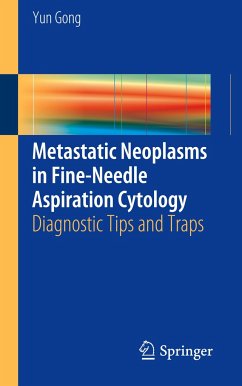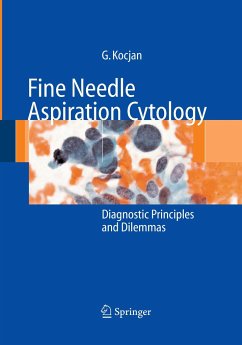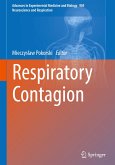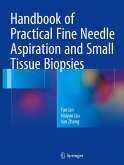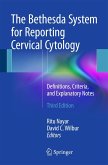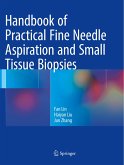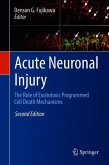This book focuses primarily on the most efficient way to make an accurate FNA diagnosis of metastatic tumors within the broad confines of cytopathology. The text provides a step-by-step "thought process" during the diagnostic approach of the metastatic tumors using detailed algorithms. Starting from the onsite immediate FNA sample assessment, the book provides strategy of specimen triage to facilitate further cytology evaluation based on the metastatic patterns and morphologic patterns of the tumors. In the subsequent chapter, the book provides tips and traps of selecting markers and interpretation of immunoperoxidase, flow cytometric, cytogenetic and molecular studies. The book includes the strategy of dealing with limited FNA material and wisely use existing samples (cell block, direct smear, cytospin) for different ancillary studies including molecular tests that have been used at MD Anderson. The author highlights challenging issues to show the importance of using a multidisciplinary (clinical, radiologic, cytologic and ancillary studies) approach. Extensive illustrations are provided.
Metastatic Neoplasms in Fine-Needle Aspiration Cytology will provide pathology residents, fellows, practicing cytopathologists and cytotechnologists with a practical way to approach metastatic malignancies in daily cytology practice as well as provide a vision of the future of cytopathology.
Metastatic Neoplasms in Fine-Needle Aspiration Cytology will provide pathology residents, fellows, practicing cytopathologists and cytotechnologists with a practical way to approach metastatic malignancies in daily cytology practice as well as provide a vision of the future of cytopathology.
"This book is a quick and easy read packed with invaluable information, tips, images, tables and algorithms, which can be easily referenced when contemplating the approach to metastatic lesions in FNA cytology specimen. Whether you are a practicing pathologist or a pathologist in training, this book would make for a great addition to your reference library." (C. Eric Freitag and Ming Jin, The ASC Bulletin, Vol. 54 (4), July, 2017)
"This is a 'how to do' manual of cytopathology dealing with metastatic tumors. It is concisely written and illustrated with first-class color photographs, supplemented with useful algorithms and current references. ... The intended audience is pathologists who do not practice cytopathology full time, but I am sure that it will be read by board-certified cytopathologists. Pathology residents and cytopathology fellows will most likely be the primary readers. Cytopathology technicians could profit a lot from this small booklet." (Ivan Damjanov, Doody's Book Reviews, April, 2016)
"This is a 'how to do' manual of cytopathology dealing with metastatic tumors. It is concisely written and illustrated with first-class color photographs, supplemented with useful algorithms and current references. ... The intended audience is pathologists who do not practice cytopathology full time, but I am sure that it will be read by board-certified cytopathologists. Pathology residents and cytopathology fellows will most likely be the primary readers. Cytopathology technicians could profit a lot from this small booklet." (Ivan Damjanov, Doody's Book Reviews, April, 2016)

